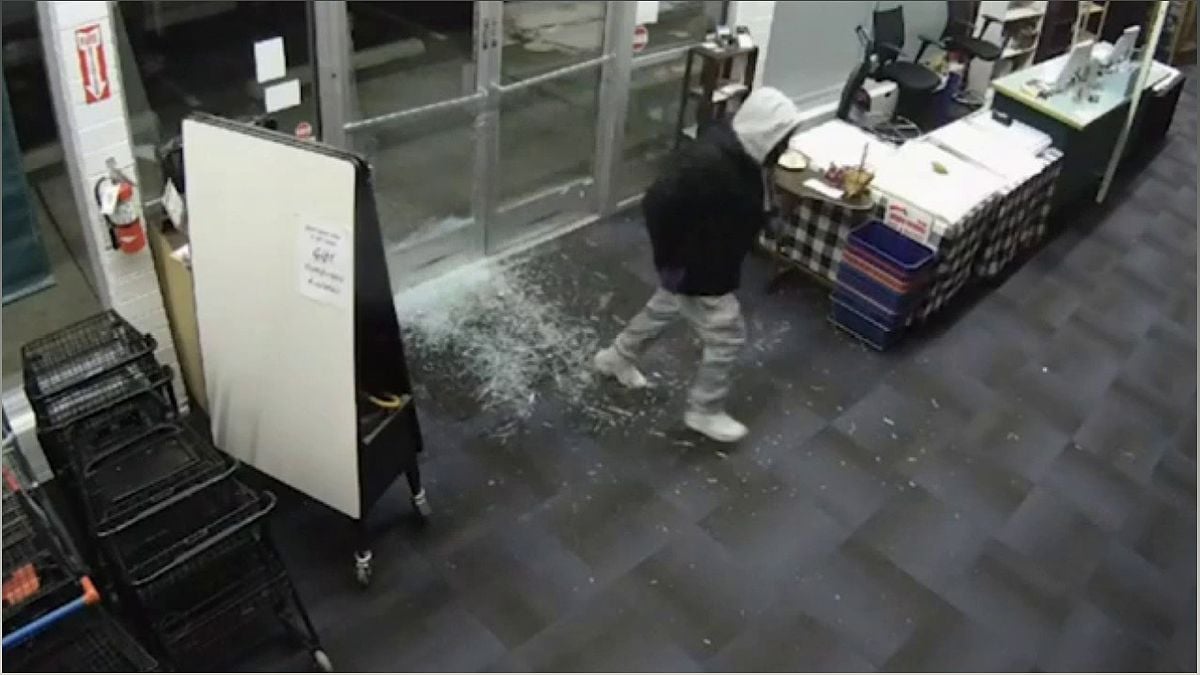Rampant Crime and Retail Theft: A Growing Concern for Businesses
In major cities across the country, retail stores and businesses are grappling with a surge in crime and theft. This article delves into the growing concern of rampant retail theft, highlighting the challenges faced by major cities like Los Angeles, San Francisco, Chicago, Portland, and Washington, D.C. Learn about the staggering financial losses and the impact on retailers’ safety and livelihood. Explore the consequences of lenient laws and the urgent need for effective solutions to combat this escalating problem. Discover how businesses are taking measures to protect themselves and the implications for the overall well-being of customers and communities.
The Alarming Rise in Retail Theft
Retail theft has become a pressing issue in major cities across the country. The instances of shoplifting and theft in retail stores and businesses have seen a significant increase, causing major concerns for both retailers and customers.

The National Retail Federation (NRF) recently reported a staggering rise in losses due to theft, reaching $112.1 billion in 2022, up from $93.9 billion in the previous year. This alarming trend has led to a sense of urgency in finding effective solutions to combat this growing problem.
Challenges Faced by Major Cities
Major metropolises such as Los Angeles, San Francisco, Chicago, Portland, and Washington, D.C. have been particularly affected by rampant retail theft. The thefts have targeted malls and department stores, with numerous incidents caught on video and shared on social media platforms.
These cities have witnessed a rise in violence and safety concerns, posing a threat to the well-being of retailers and their customers. The situation has become increasingly dire, and businesses of all sizes and categories are grappling with the financial and security implications.
Consequences of Lenient Laws
The lenient laws in some states have contributed to the escalation of retail theft. For instance, California’s Proposition 47, which downgraded certain thefts and drug possession crimes to misdemeanors, has had unintended consequences.
Supporters initially believed that the law would provide opportunities for individuals and reduce the burden on the criminal justice system. However, it has inadvertently allowed thieves to exploit the system, resulting in significant financial losses for businesses and a sense of frustration among retailers.
Protective Measures Taken by Businesses
Businesses are taking proactive steps to protect themselves and their customers from retail theft. Many have invested in enhanced security systems, including surveillance cameras, alarms, and trained security personnel.
Additionally, some retailers have implemented stricter return policies, increased employee training on theft prevention, and collaborated with local law enforcement to address the issue. These measures aim to deter potential thieves and create a safer shopping environment for everyone.
The Need for Effective Solutions
The rise in retail theft calls for immediate action and effective solutions. It is crucial for lawmakers and law enforcement agencies to reassess existing laws and identify areas for improvement.
Collaboration between retailers, community organizations, and law enforcement is essential to develop comprehensive strategies that deter theft, ensure the safety of businesses and customers, and protect the livelihoods of retailers.
